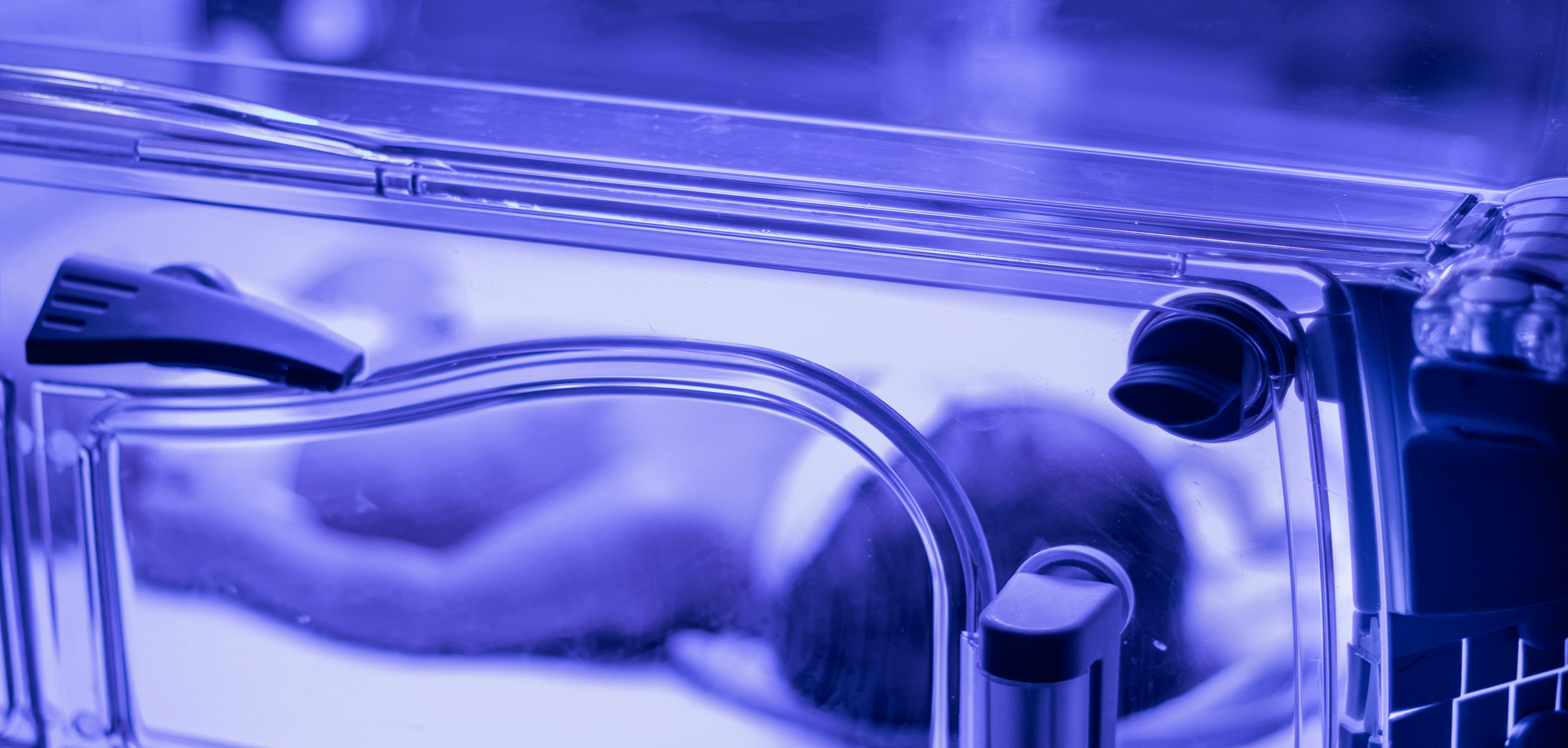
Listen
Hypoglycemia and hyperbilirubinemia are two birth injuries that can occur in newborns.
Hypoglycemia occurs when a baby’s blood glucose level drops below normal levels. Glucose is the primary energy source for the body’s cells, and when levels are low, the body cannot function properly. In newborns, hypoglycemia can be caused by various factors, including a lack of maternal blood sugar, delayed feeding, or an underlying medical condition. Hypoglycemia can cause a range of symptoms, including seizures, lethargy, poor feeding, and breathing difficulties. If left untreated, hypoglycemia can lead to severe brain damage.
What is Hyperbilirubinemia?
Hyperbilirubinemia is a condition that occurs when there is an excess of bilirubin in the blood. Bilirubin is a yellow pigment produced when red blood cells break down. In normal amounts, bilirubin is processed by the liver and excreted from the body. However, in some newborns, the liver may not process bilirubin effectively, leading to a buildup in the blood. This can cause a condition known as jaundice, which is characterized by yellowing of the skin and eyes. In severe cases, hyperbilirubinemia can cause brain damage, known as kernicterus.
Both hypoglycemia and hyperbilirubinemia can be treated with appropriate medical care, including close monitoring and feeding.
Treating Hypoglycemia and Hyperin Newborns
Hyperbilirubinemia is treated with light therapy called phototherapy. During phototherapy, a baby is placed under a special type of light that helps to break down the excess bilirubin in their blood. The light alters the shape and structure of the bilirubin molecules, making them easier for the baby’s liver to process and excrete.
During phototherapy, the baby will be placed in an incubator with the light source positioned above them. They will wear eye protection to prevent damage to their eyes from the light. The length of treatment can vary depending on the severity of the condition and the baby’s response to therapy.
There are different types of phototherapy, including conventional phototherapy, fibre optic phototherapy, and intensive phototherapy. The specific type used will depend on the severity of the baby’s condition and the recommendations of the healthcare provider.
It’s important for parents and caregivers to be aware of the signs and symptoms of these conditions and seek medical attention promptly if they suspect their child may be affected.
Medical Care and Therapies for Brain Damage
Children who have suffered from brain damage due to hypoglycemia and hyperbilirubinemia often require extraordinary care, which can include nursing care, rehab support and assistance from personal support workers. Various therapies, such as Occupational Therapy, Speech Language Therapy and Physiotherapy, are very beneficial.
These therapies are incredibly costly, and there are limited government-funded programs. An experienced birth injury lawyer can help ensure that the current and future cost of these therapies and devices is included as part of a medical negligence claim so that a child can have all the necessary supports and obtain the care they need to help them thrive.
Contact our Toronto Birth Injury Lawyers for a Free Consultation
If you or a loved one has a child affected by hypoglycemia or hyperbilirubinemia, it’s important to seek immediate medical attention and explore the available options for support and care. The costs of nursing care, rehabilitation support and specialized therapies can be significant, and obtaining the necessary resources can be complex. At Howie, Sacks & Henry, we understand your families’ challenges. Our experienced birth injury lawyers can guide you through the legal aspects and help ensure your child receives the necessary financial support for their current and future needs. Contact us today to discuss your case and learn how we can assist you during this difficult time. You can book your consultation with our birth injury lawyers by calling or chatting with us online or filling out a form consultation request here.






